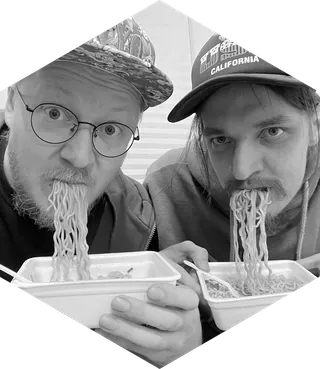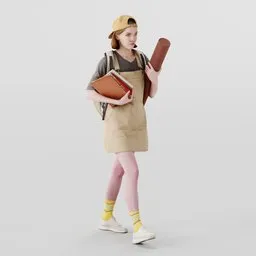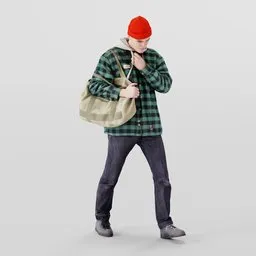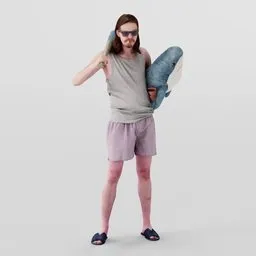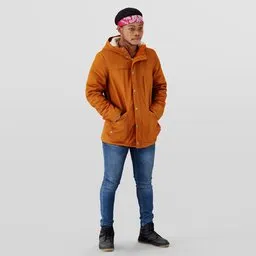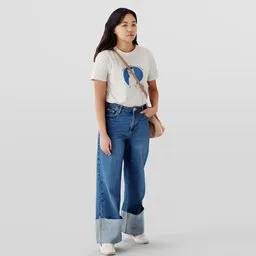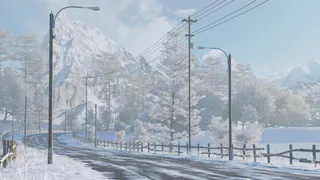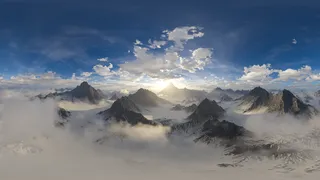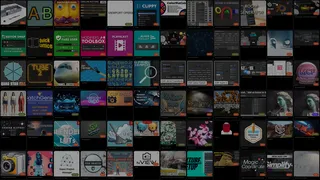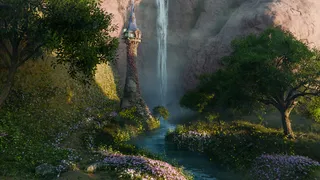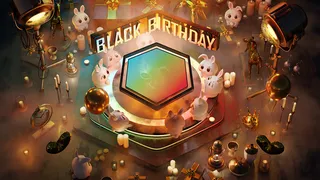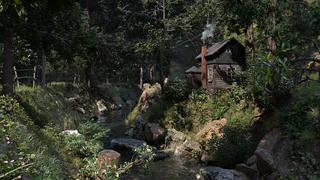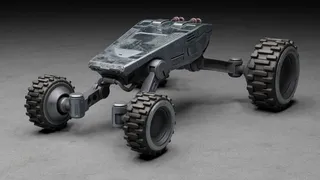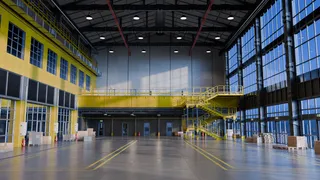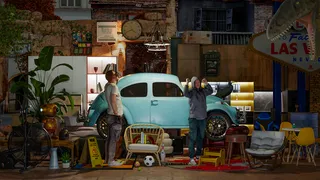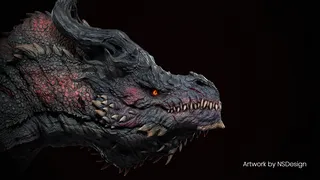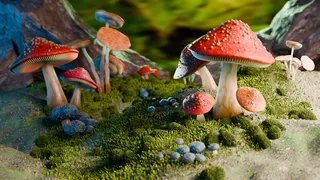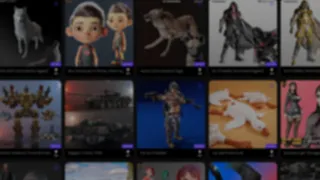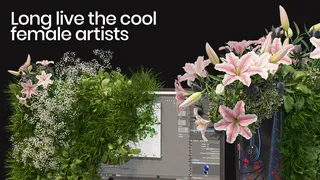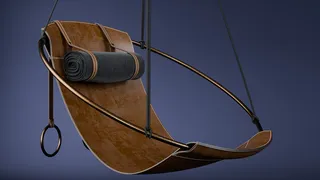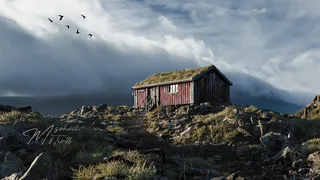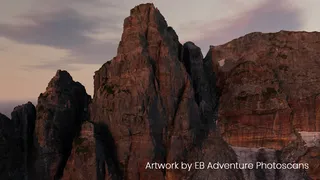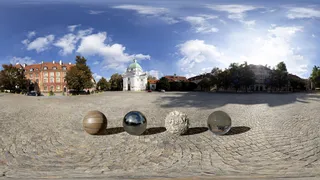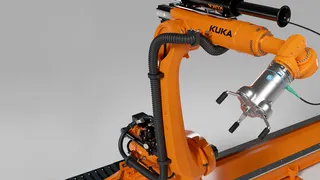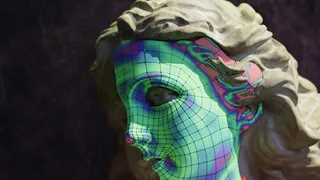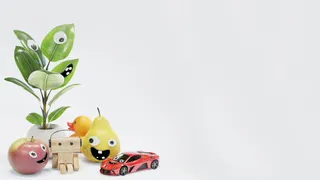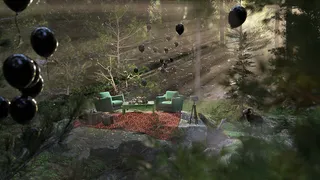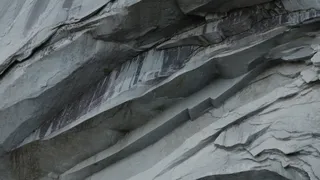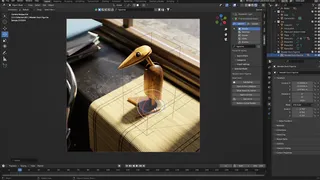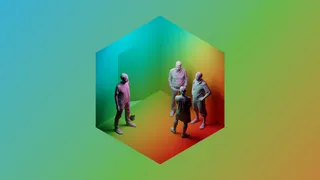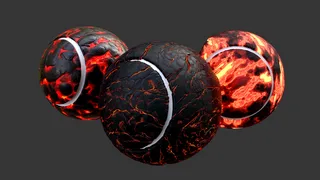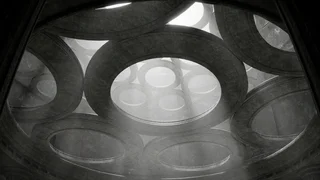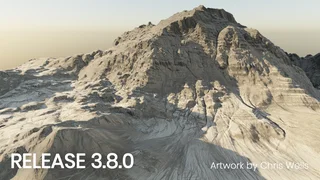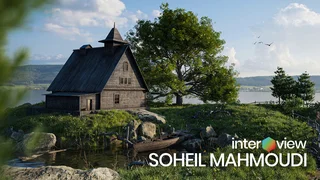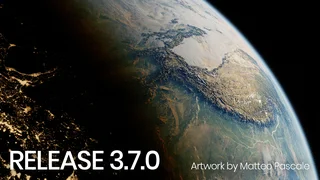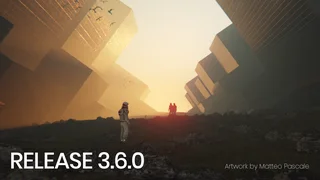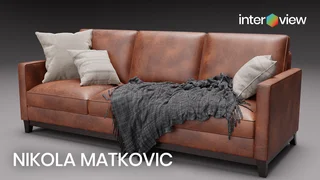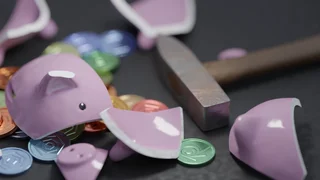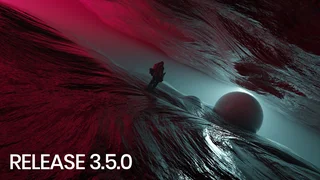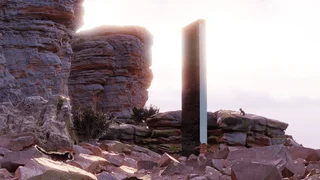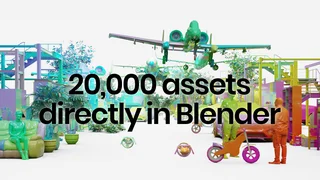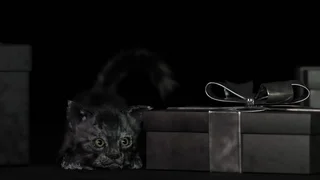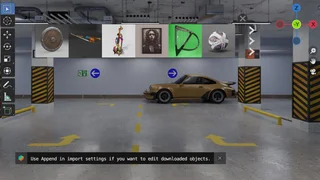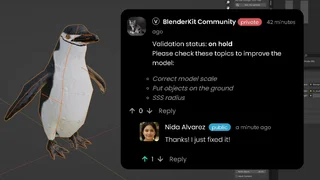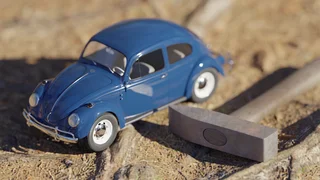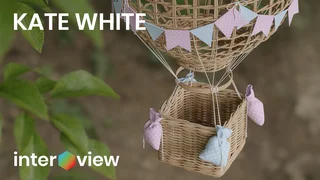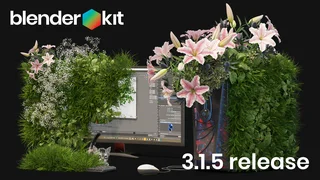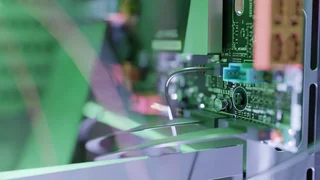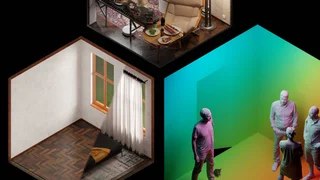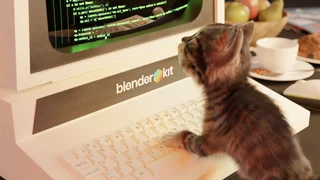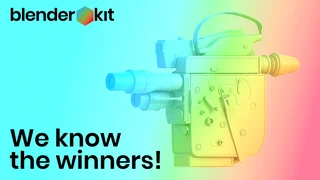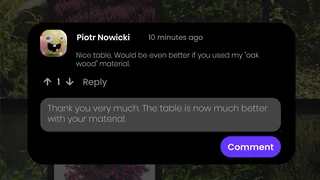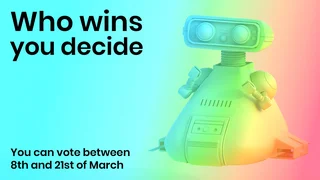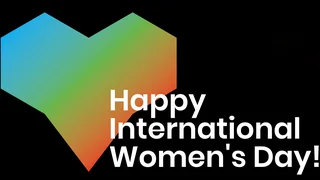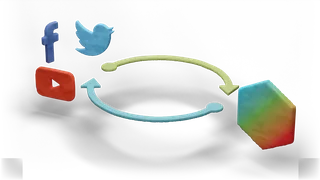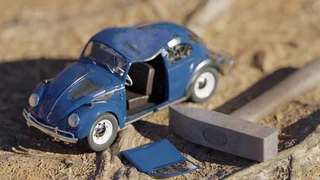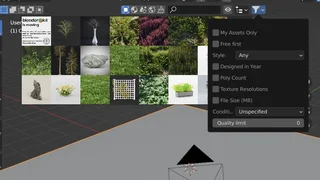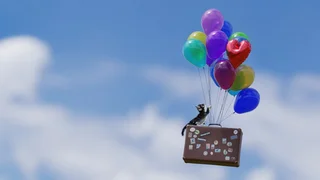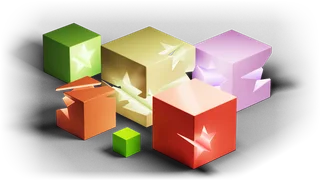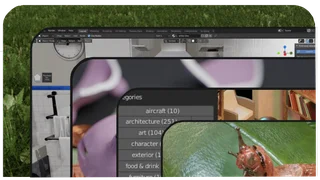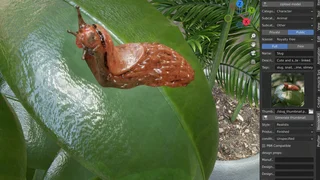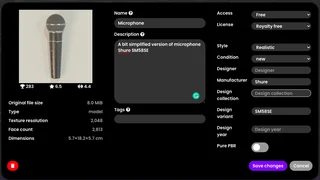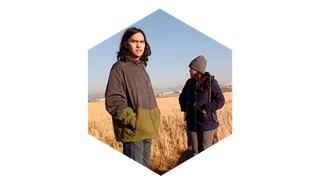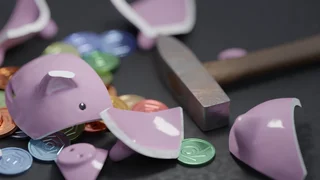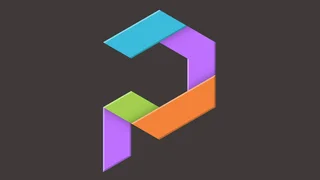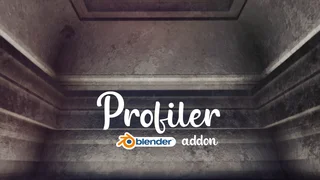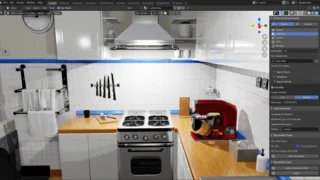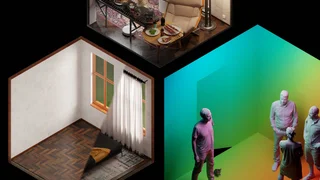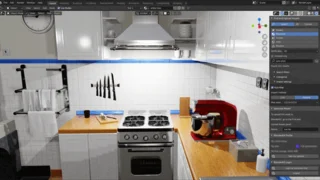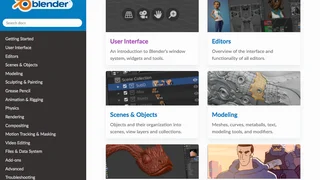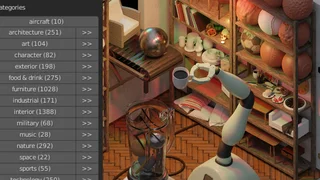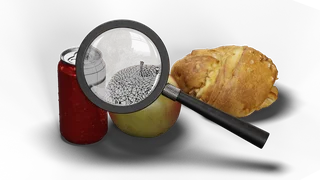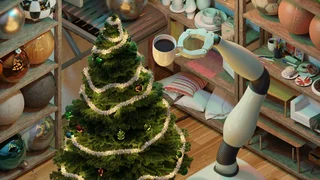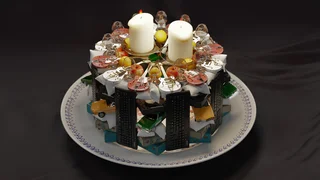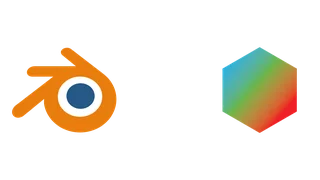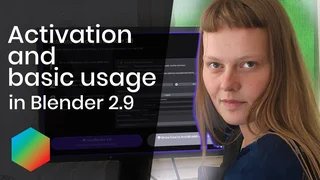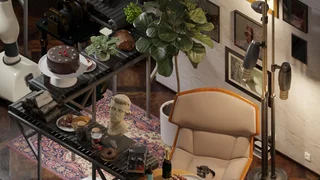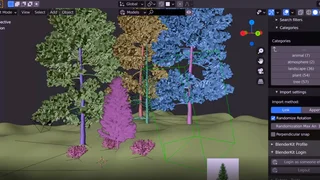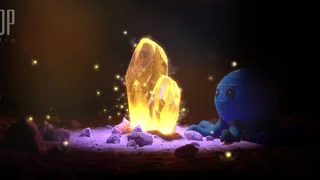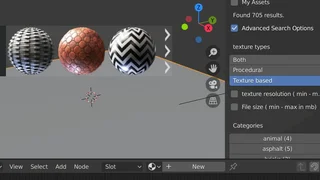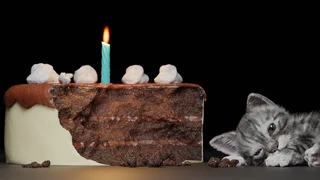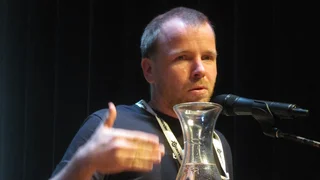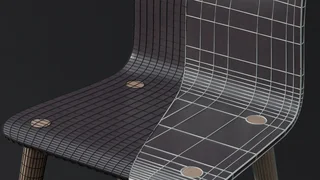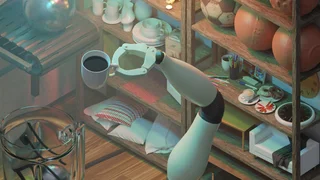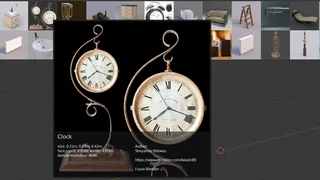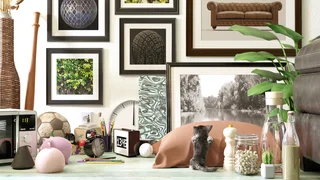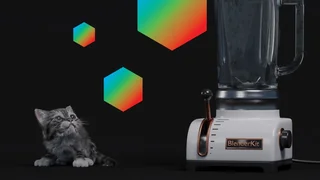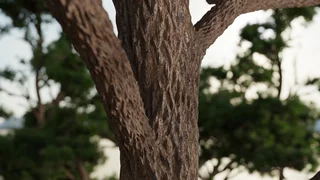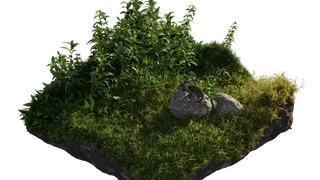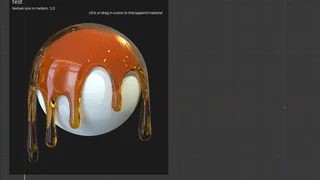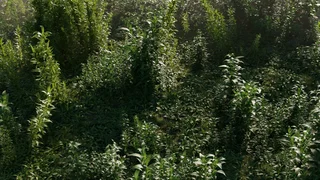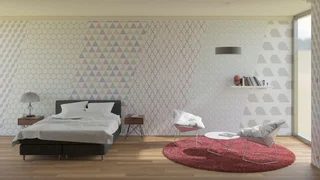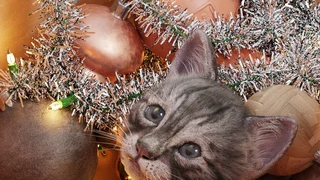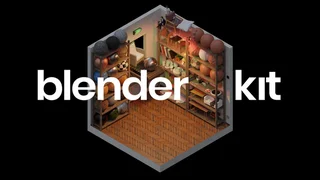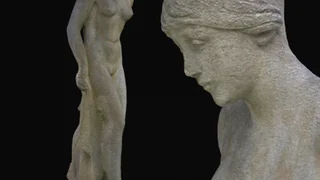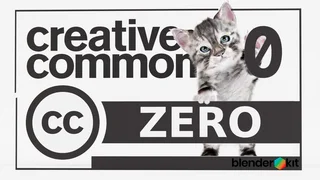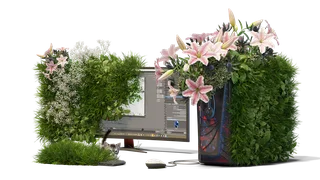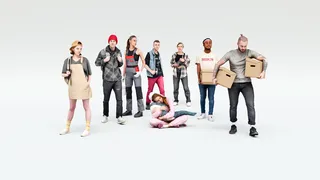
Sergey Gailiunas is the founder of Kanistra Studio, which is focused on 3D scans. Among other models, it offers an extensive collection of 3D characters. In the interview, Sergey discusses the aspiration and challenges behind this collective project.
Kanistra Studio portfolioHi Sergey, could you please introduce yourself?
At a time when humanity is faced by global problems, I would prefer to simply say that I am a person from planet Earth.
You are the founder of Kanistra Studio. What kind of a studio is it?
Kanistra Studio has been in existence for many years, primarily as a gathering space for a small group of people with similar interests, life principles, and aspirations. It has been challenging, as we want to do only what we love and not be dependent on clients or anything else.
We are focused on creating 3D content in all its forms. Our portfolio includes many 3D scans – this is one of the areas to which we have devoted a significant amount of time.
The studio has created an amazing collection of 3D character models. How did it start?
We started experimenting with full body character scanning a long time ago, back in the early days of photogrammetry in the 3D content field. We had a setup of 75 DSLR cameras, similar to what you often see in photos from different studios, when it comes to photogrammetric character scanning. It was difficult, time-consuming, and expensive.
We returned to it after several years with the goal to create a pipeline that would allow us to produce high-quality 3D character scans faster and cheaper. We developed a custom rig, based on several synchronized iPhones. The pipeline includes a range of both hardware and software solutions.
The collection currently contains more than 350 low poly characters. What was the creative process like?
We scanned people for several months, almost daily. We invited both friends and professional actors and models. I won't be mistaken to say that in the end, we obtained thousands of scans, a huge database of raw data. Then, each scan undergoes the process of mesh cleanup and texture retouching.
The path from the scanning session to the finished product in the form of a 3D model is very long. The main challenge was not to lose faith and keep believing it will work and be in demand.
Many of the characters you uploaded to BlenderKit represent young upper middle class people. Why do you concentrate on this part of the population?
Most likely, we just gravitate more towards such people because we feel more comfortable with them. That's who we are, and there's no need to overcome a barrier in communication and interaction. We are certainly aiming to make our portfolio more diverse and include people of different ages and ethnicities, but ultimately, we are more on the geeky, sociopath, and introverted side, so any work with people is a definite challenge for us.
Fashion is of great importance in your work. Do you have any designers or trends that you follow?
No, we are driven by what we see around us and our own taste and preferences. Sometimes in the shooting process, we come up with certain looks, everything is born in the creative process, although perhaps a professional stylist wouldn't hurt.
Do you have a favorite character?
Oh, perhaps my personal favorite is this guy. Besides the bright style and outfit, there is dynamism and a story.
What goals do you have for the collection?
We simply want it to be useful to as many people as possible. Thanks to BlenderKit, this is now possible. The distribution format you provide is exactly what suits such collections.
Besides characters, you have uploaded to BlenderKit many photogrammetry scans of industrial liquid bottles. What attracts you to the subject?
It is worth acknowledging that we are definitely among those people who see more than just objects in objects. For me, a bottle of motor oil is something more than just a bottle. It is an object that can inspire and evoke certain imagery. Each item carries something deeper than it seems at first glance. Each object is created by someone or something and contains certain information and history.
Are there any other themes you plan to explore in the future?
Certainly. There are so many things we want to model. We love handmade objects, we love nature, and we want to create complex collections, kitbashes, and environments. I'm not ready to announce anything specific now. My experience taught me that the solutions are not always obvious. Truth be told, since BlenderKit became an important part of our workflow, much needs to be rethought.
Do you have any tips or recommendations for starting 3D artists?
Don't stop, experiment, and move forward without looking back at others. If you follow your interests and develop in the directions that inspire you, you will never lose. Today, you have all the opportunities, despite the high barriers. We are talking about free software, a huge amount of educational materials, and references.
